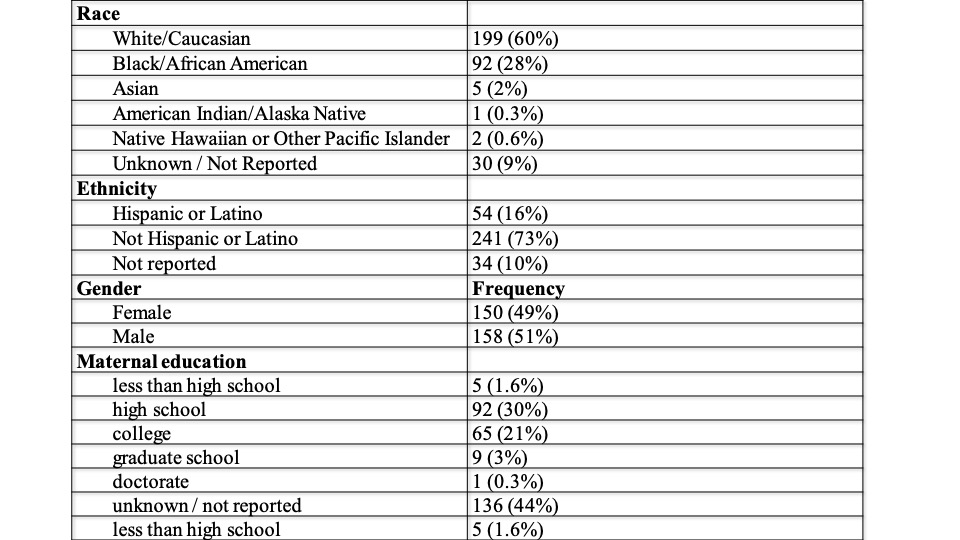Neonatology
Session: Neonatal General 9: Outcomes, Genetics. Ethics
378 - The effects of caffeine exposure on postnatal growth in moderately preterm infants
Monday, May 6, 2024
9:30 AM - 11:30 AM ET
Poster Number: 378
Publication Number: 378.3238
Publication Number: 378.3238

Antoinette N. Jones, MD, MS
Neonatal-Perinatal Fellow
Golisano Children's Hospital at The University of Rochester Medical Center
Rochester, New York, United States
Presenting Author(s)
Background: Caffeine is used ubiquitously to treat apnea of prematurity in the smallest and youngest neonates worldwide. While caffeine's benefits outweigh potential risks for the youngest neonates, there is limited evidence of its benefits for moderately preterm infants born between 29-0/7 to 33-6/7 weeks’ gestational age [GA].
Objective: We hypothesized that there is a dose-dependent inverse independent relationship between caffeine received and the change in length z-score from birth through 37 weeks’ corrected GA (CGA) or discharge in moderately preterm infants.
Design/Methods: We performed a single-center retrospective cohort study of moderately preterm infants admitted from December 1, 2019, to August 23, 2022. Our primary outcome was change in length z-scores from birth to discharge or 37 weeks’ CGA, whichever was sooner. Our secondary outcomes were change in weight and head circumference z-scores. We used multiple regression analysis controlling for an a priori list of covariates. Infants with major congenital anomalies, brain malformations, metabolic disorders, chromosomal abnormalities or birth length, weight and head circumference z-scores 2 standard deviations (SDs) above or below the mean were excluded.
Results: 329 infants were included with a mean GA at birth of 30.7 weeks and birthweight of 1507 grams. See Table 1 for demographics. The mean total caffeine intake was 113mg/kg (SD 100). The mean change in length z-score was -1.1 (SD 0.8). Before adjusting for predetermined covariates (presumed sepsis, necrotizing enterocolitis, days receiving supplemental oxygen, small for gestational age at birth, days receiving fortified feeds, and days of total parenteral nutrition), the cumulative dose of caffeine did have a statistically significant inverse relationship to change in length, weight and head circumference z-score from birth to 37 weeks’ CGA or discharge. Given the expected collinearity observed with GA at birth and cumulative caffeine dose, GA was excluded from the model, after which, our multiple regression analysis demonstrated cumulative caffeine dose was inversely correlated with change in length z-score (β = 0.001, p = 0.04, 95% CI: -0.002 to –0.0001), change in weight z score, (β = -0.001, p = 0.04, 95% CI: -0.002 to -0.00004), and change in head circumference z-score (β = -0.001, p = 0.03, 95% CI: -0.003 to -0.0001).
Conclusion(s): There was a statistically significant inverse independent relationship between caffeine received and change in length, weight and head circumference z-scores from birth through 37 weeks’ CGA in moderately preterm infants.

Demographics and clinical outcomes - Antoinete Jones.1.jpeg
